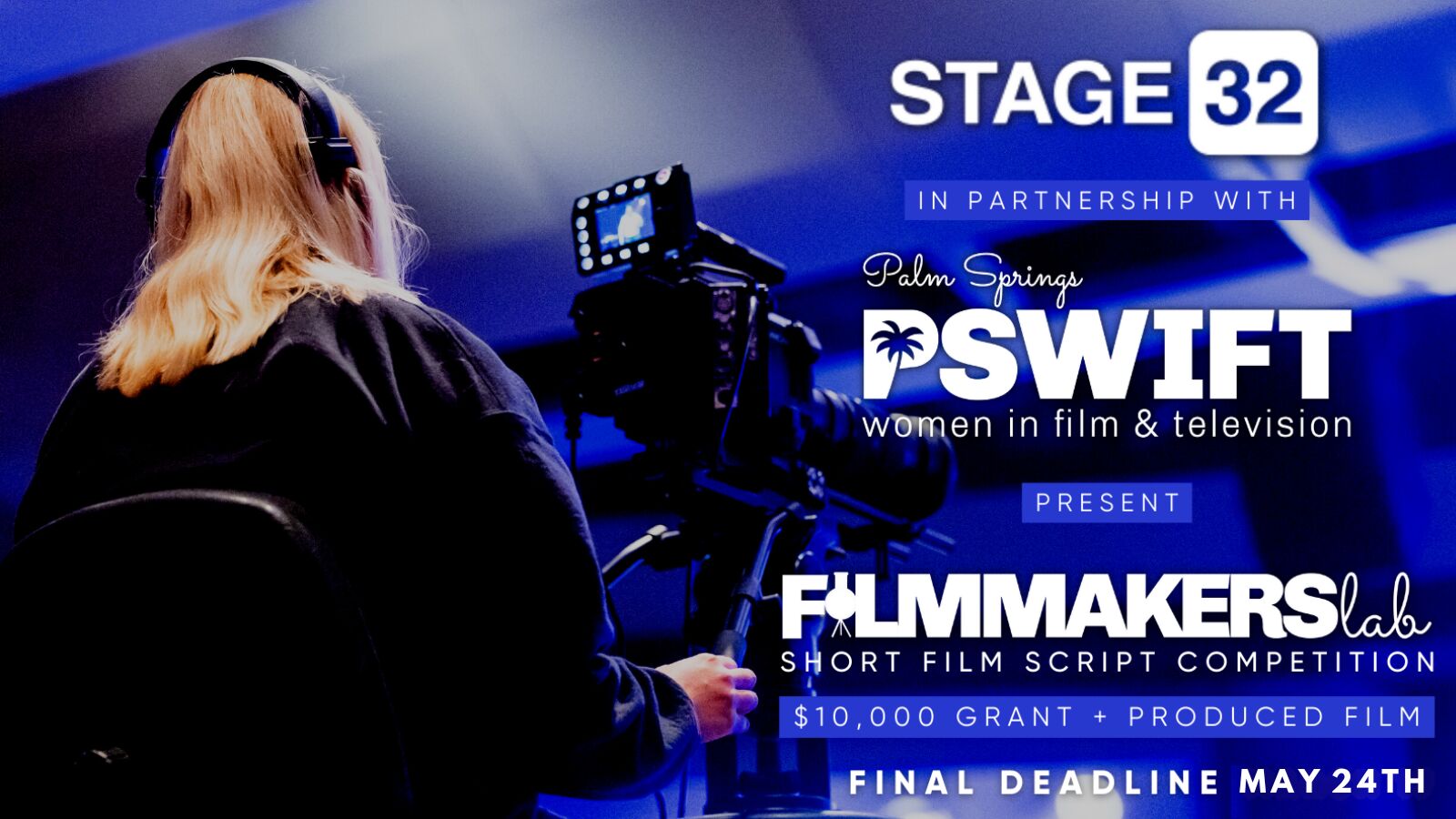Stephen Follows is a mind of information and is renowned in his work in the industry.
Here's an interesting article about the 'colourisation' of the film industry and the trends that led to it.
Whilst Follows mentions the hand-tinting of frames at as an early attempt at bringing colour to cinema audiences, he seems to neglect the move in France and Germany with the colourisation of films at the processing stage. Here I'm thinking of films like Marcel L'Herbier's "L'Inhumaine" (1924) or Robert Wiene's "The Cabinet of Doctor Caligari" (1920), where chemicals were added to the process which rendered the whole of the reel red, blue, yellow or green; depending on the mood that the director wanted to convey.
What are your favourite experiments of early films, with colour?
https://stephenfollows.com/when-did-colour-films-eclipse-black-and-white...



3 people like this
Great share, Geoff Hall! I never realized how much longer it took each of the nations to reach a 'color majority.' I've always thought it would have been amazing to be an audience member for the first time seeing "The Wizard of Oz" or "Gone With the Wind" on the big screen. It must have taken your breath away.
3 people like this
I love the look of two-color Technicolor. Mysteries of the Wax Museum. Doctor X.
2 people like this
Mike Boas Ah, Doctor X. Yes, I love the look of that Mike! And Directed by Michael Curtiz, too.
https://youtu.be/sF6mmV9xNAQ?si=Kic-Io7ikM0eq0fL
3 people like this
Dustin Richardson Thanks, Dustin. Yes, I think I recall that the Lumiere Brothers in their first film, shot a train coming towards the camera and it caused panic in the theatre, because they audience thought it was coming at them and many screamed and ran out of the way.
Oh to be part of that audience that first saw Fritz Lang’s “Metropolis” on the big screen, or FW Murnau’s “Nosferatu”!
2 people like this
Agreed, Geoff Hall. It's one the things that I love about movies - with all respect to TV and digital - is the in-theater experience that's just larger than life. The Lumiere's did film a train coming at the camera and it freaked the audience out (factoid - the first person to see their invention and make narrative moving pictures - the first ever film director - was a woman named Alice Guy Blache in France). The talkies, color, technicolor, 3-D, 70-millimeter, sensurround, surround sound, I-Max... the experience is always trying to be bigger, better and more visceral in theaters.
2 people like this
Sam Sokolow as a kid I went to many Saturday Matinee programmes, with my sister. We saw things like Rocket Man and your typical B Movies. This was the early 60s. And then when I came across 70mm (cinemascope?) films like Lawrence of Arabia and 2001: A Space Odyssey, with my Dad in the late 60s, I was blown away by the grandeur of the image. It was a totally transformative experience on my young imagination.
I recall other first-time experiences, like riding on a train for the first time at over 100 mph. It was a very strange feeling, like I was floating along the track. (But then, we become acclimatised and that effect on us doesn’t linger with us).
Maybe cinema is like that and we have to keep reinventing the technologies that give us that ‘first-time’ experience? I wish I had been able to go to the Sphere in Las Vegas to see U2 play, because the images that accompanied the music were breathtaking. I wonder if that’s to be the future of cinema, making it a totally immersive space?
2 people like this
Great article, it's always interesting to look back and see how things have progressed in the past.
1 person likes this
Daniel Husbands yeah, Daniel. When I was a kid I assumed that this must be something new in cinema, but didn't know it went back to the 1890s.
2 people like this
I just watched my blu-ray of the L'Inhumaine for the first time a couple of weeks ago and found the use of color extremely effective. It's a compelling film. I've owned for some time Trip to the Moon with the hand colored film, also looks remarkable.
1 person likes this
Stephen Van Vuuren Hi Stephen, it’s a great film and like Caligari the blanket colourisation works really well. I’ve only seen clips of Trip to the Moon, but was excited to see the hand-colouring of frames. I suppose that’s a harder way of creating a colour film than adding certain chemicals to the film processing.